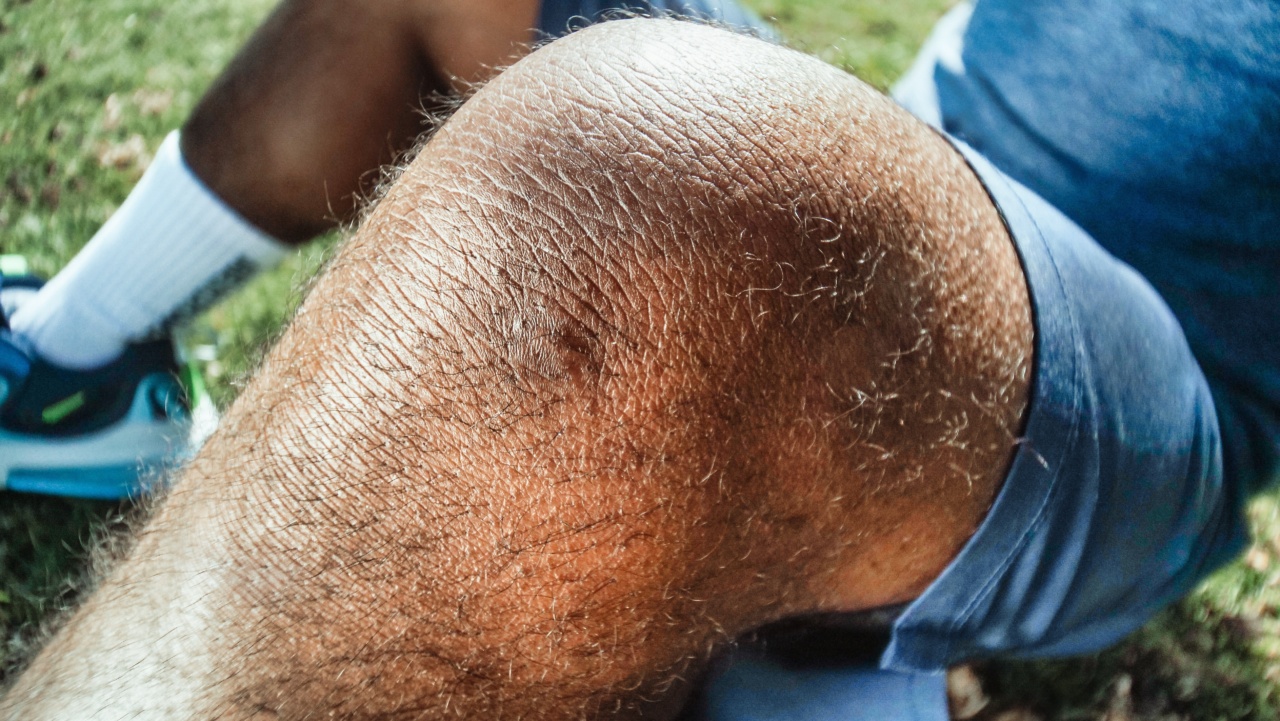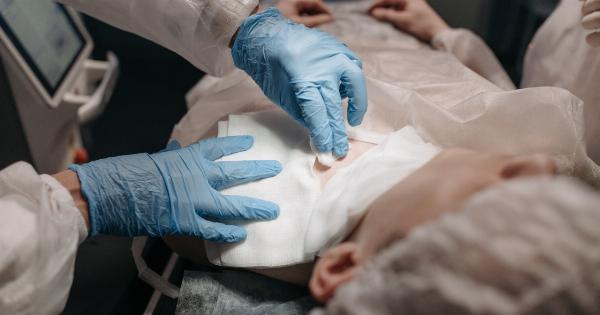Arthroplasty, commonly known as joint replacement surgery, is a surgical procedure performed to replace a damaged or diseased joint with a prosthetic one.
It is often considered as a last resort for individuals experiencing severe joint pain and limited mobility. This article will focus on the durability of arthroplasty for hip and knee joints.
Arthroplasty for Hip Joints
Arthroplasty for hip joints, also known as total hip replacement (THR), is a highly effective treatment for individuals with severe hip osteoarthritis, rheumatoid arthritis, or hip fractures.
The procedure involves removing the damaged hip joint components and replacing them with artificial implants made of metal, plastic, or ceramic materials.
Durability of hip arthroplasty depends on various factors such as the materials used, surgical technique, patient factors, and post-operative care.
The majority of hip replacements last for more than 15 to 20 years, providing significant pain relief and improved function to patients.
Types of Hip Arthroplasty
There are different types of hip arthroplasty procedures available depending on the extent of hip joint damage and the patient’s condition:.
1. Total Hip Replacement (THR)
THR involves replacing both the femoral head and the acetabulum with artificial implants. This procedure provides excellent long-term results and is beneficial for elderly patients and individuals with severe hip joint damage.
2. Hip Resurfacing
Hip resurfacing involves capping the femoral head with a metal prosthesis, while the acetabulum is replaced with a metal cup. This procedure preserves more bone compared to traditional THR and is suitable for younger patients with good bone quality.
3. Partial Hip Replacement
Partial hip replacement, also known as hemiarthroplasty, involves replacing only the femoral head with a prosthetic implant. This procedure is commonly performed for hip fractures and offers significant pain relief and improved mobility.
Arthroplasty for Knee Joints
Knee arthroplasty, often referred to as total knee replacement (TKR), is a surgical procedure that involves replacing the damaged knee joint surfaces with artificial components.
It is commonly performed to relieve pain and improve function in individuals with severe knee osteoarthritis, rheumatoid arthritis, or knee injuries.
The durability of knee arthroplasty is influenced by several factors including the design of the prosthesis, the fixation method, surgical technique, patient factors, and post-operative rehabilitation.
The majority of knee replacements are expected to last for more than 15 years, providing substantial pain relief and improved quality of life.
Types of Knee Arthroplasty
There are different types of knee arthroplasty procedures available, depending on the extent of knee joint damage and patient-specific factors:.
1. Total Knee Replacement (TKR)
TKR involves replacing the damaged cartilage and bone in both the femoral and tibial components of the knee joint, typically using metal and plastic implants. This procedure addresses pain and dysfunction caused by severe knee arthritis.
2. Partial Knee Replacement
Partial knee replacement, also known as unicompartmental knee replacement, involves replacing only the affected compartment (either medial, lateral, or patellofemoral) of the knee joint.
This is a less invasive procedure with faster recovery and suitable for patients with localized knee arthritis.
3. Complex or Revision Knee Replacement
Complex or revision knee replacement is performed in cases where previous knee replacements have failed or require revision due to infection, implant loosening, or component wear.
These procedures are more extensive and challenging, with durability dependent on various factors.
Factors Affecting Arthroplasty Durability
The following factors influence the durability of both hip and knee arthroplasty:.
1. Implant Materials
The choice of implant materials plays a crucial role in the durability of arthroplasty. Modern implants use materials like metal alloys, highly cross-linked polyethylene, and ceramic components to enhance longevity and minimize wear.
2. Surgical Technique
The surgical technique used during arthroplasty impacts the implant’s stability, alignment, and overall longevity. Precise implant positioning and appropriate soft tissue balancing are essential for optimal outcomes.
3. Patient Factors
Factors such as age, weight, physical activity levels, and overall health can influence the durability of joint replacements. Compliance with post-operative care, including weight management and physical therapy, also plays a significant role.
4. Rehabilitation
Structured post-operative rehabilitation, including physical therapy, exercises, and mobility training, is crucial for the long-term success and durability of arthroplasty.
Proper rehabilitation helps restore joint function, strengthen surrounding muscles, and improve overall joint stability.
Conclusion
Arthroplasty is a highly effective surgical intervention for individuals with severe hip and knee joint conditions.
The durability of hip and knee arthroplasty depends on various factors, including implant materials, surgical technique, patient factors, and post-operative rehabilitation. With advancements in technology and surgical techniques, the majority of joint replacements are expected to last for more than 15 to 20 years, providing lasting pain relief and improved function.



























